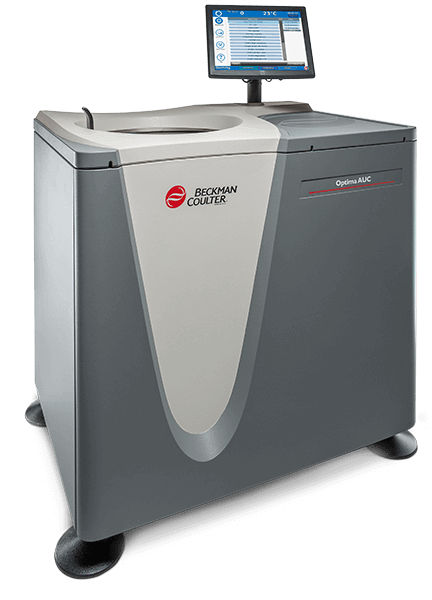Antibody Characterization and Sample Preparation
During antibody characterization, labs will need to validate lot-to-lot reproducibility. Or, every lot they are manufacturing, the environment has been controlled and every lot is behaving as previously defined
The analytical lab is involved in many steps of lead optimization, including antibody characterization and then in every step of scale-up. When looking at characterization, the lab looks at the purity, potency, and identity of the protein.
Purity – Dosing will depend on the level of glycosylation. Are there breakdown products? Are there contaminants?
Potency- Should it be glycosylated? Does each batch contain the right combination of structures?
Identity – Does the protein have the right size, right charge, and glycosylation?
During scale-up, manufacturing and process development are critical in validating that the antibody is behaving correctly in children and grandchildren generations. Factors such as temperature, pH, and media additives can impact cell viability and the bi-product: proteins. Each lot needs characterized to ensure critical quality attributes have been validated.
Products for Antibody Characterization and Sample Prep

Analytical Ultracentrifuge
Our highest throughput centrifuge. Spin through the analytical ultracentrifuge to achieve characterization of the protein's properties.
iSeries Automated Liquid Handlers
Automate protein characterization assays with tools such as solid phase extraction and protein digest. Automation can reduce sources of error associated with manual pipetting and improve the reliability of characterization assays.

Research Flow Cytometers
Identify and characterize surface markers using flow cytometry.

